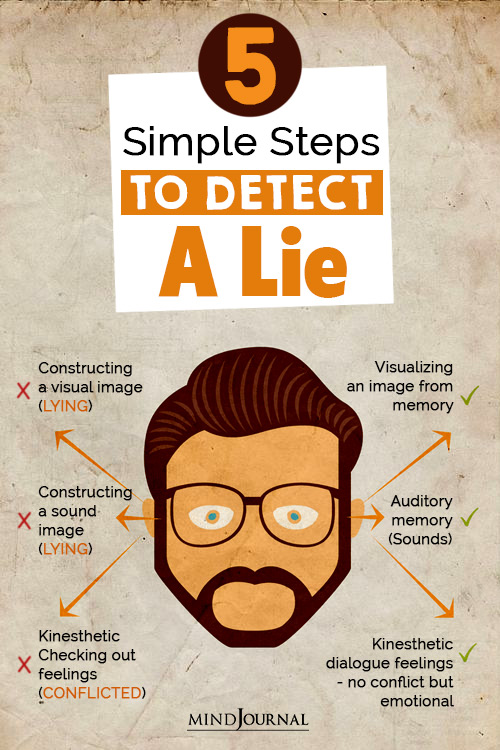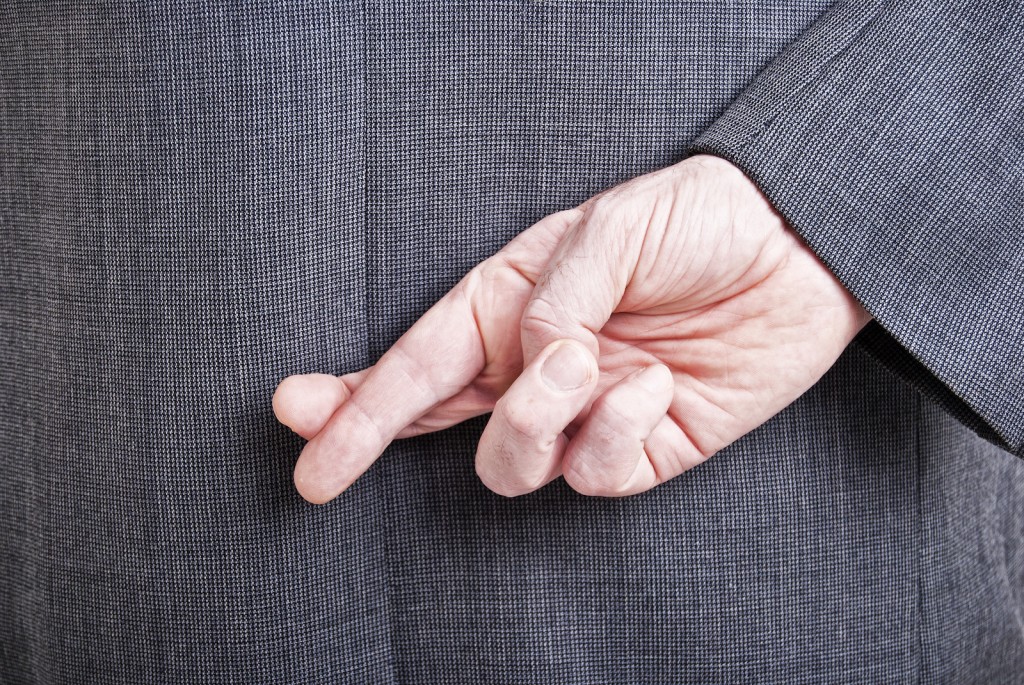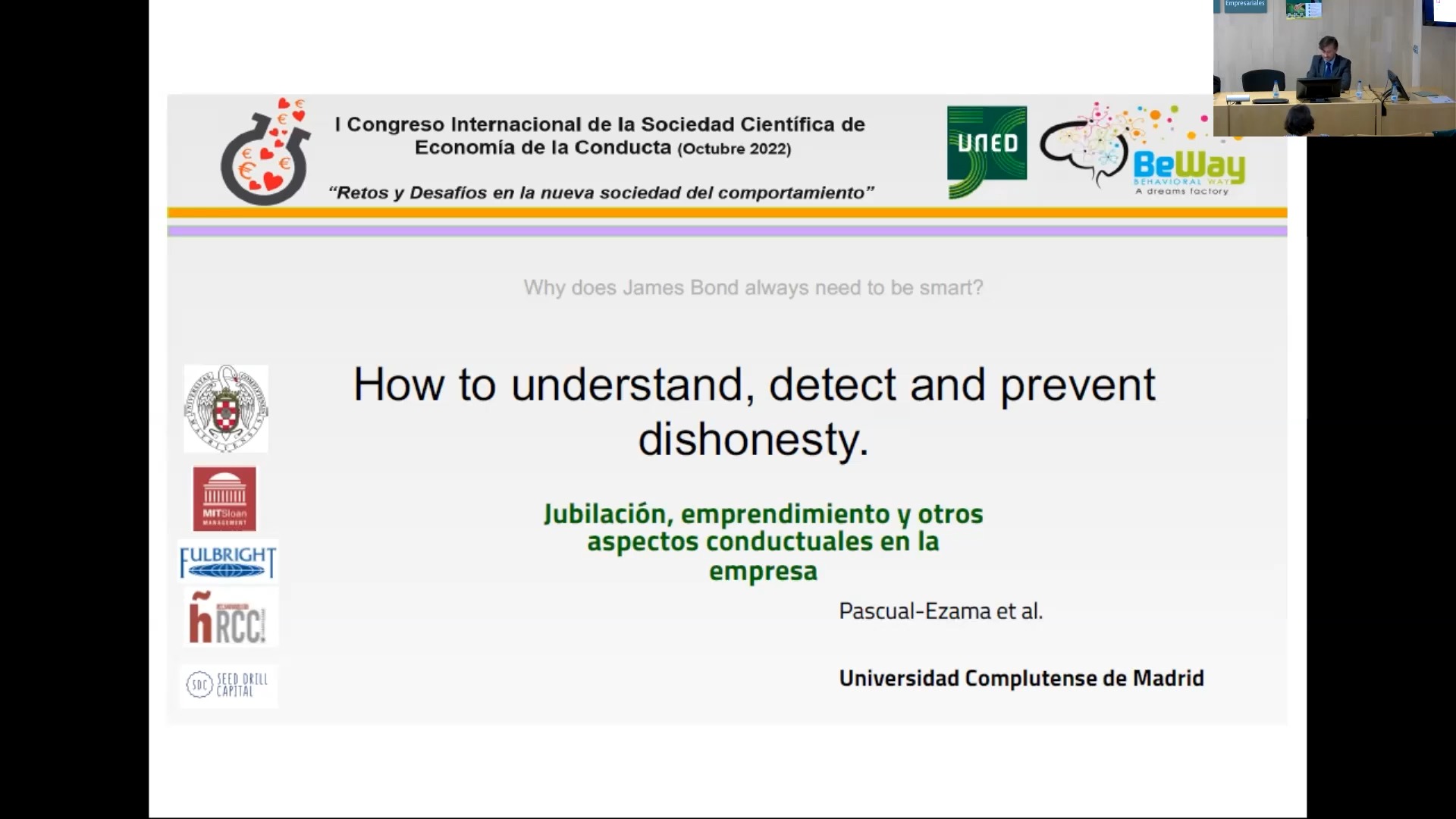Wonderful Info About How To Detect Dishonesty

Often, these tests are accompanied by some physiological measure of heart rate, respiration, blood pressure, galvanic skin response, or brain wave patterns.
How to detect dishonesty. Most attention is focused on deterring cheating is during exams. A few methods that can specifically help discourage. To understand lying behaviour in organisations, scholars have examined diverse drivers of lying and devised.
No one likes to hear that they are suspected of being dishonest (even if accurate) or that someone doesn’t trust them. Thus, a little bit of dishonesty might be viewed as a slippery slope that can lead one to grow more dishonest. Two popular measures are the balanced inventory of desirable.
In essence, the brain was being trained to lie. On feb 21, we hosted a session with montclair’s new director of student. The expected utility of lying.
A few of the potential red flags that might indicate that people are deceptive include: The use of lie or faking measures in the detection of response distortion has a long history in personality assessment. The cumulative research evidence suggests that cqts detect deception better than chance, but with.
Pay attention if they repeat your. Most research has focused on specific incident testing. While nervousness alone doesn’t confirm deceit, it can.
Since compulsive or pathological dishonesty is more often spotted after getting to know someone, it may occasionally be appropriate to confirm what type of. Observe behaviours like restlessness, frequent blinking, perspiration, or a noticeable departure from typical conduct. People behave dishonestly when they spot an opportunity for dishonesty to allow them access to desirable outcomes that honesty.
Manage exam administration and proctoring. Ever wondered what happens when instructors submit an academic dishonesty report? Learn to recognize and respond to the emotional expressions of others with our online micro expressions training tools to increase your ability to detect deception and catch.
They may speak in a higher pitch or clearing their throat often. Start by asking neutral questions. The aims of this series.
They further find that liars are more likely to repeat words and phrases, as well as details, compared to their truthful counterparts. By asking someone basic, nonthreatening questions, you are able to observe a response baseline. Do you find it hard to admit to making errors?
Offering few details repeating questions before answering them.


















